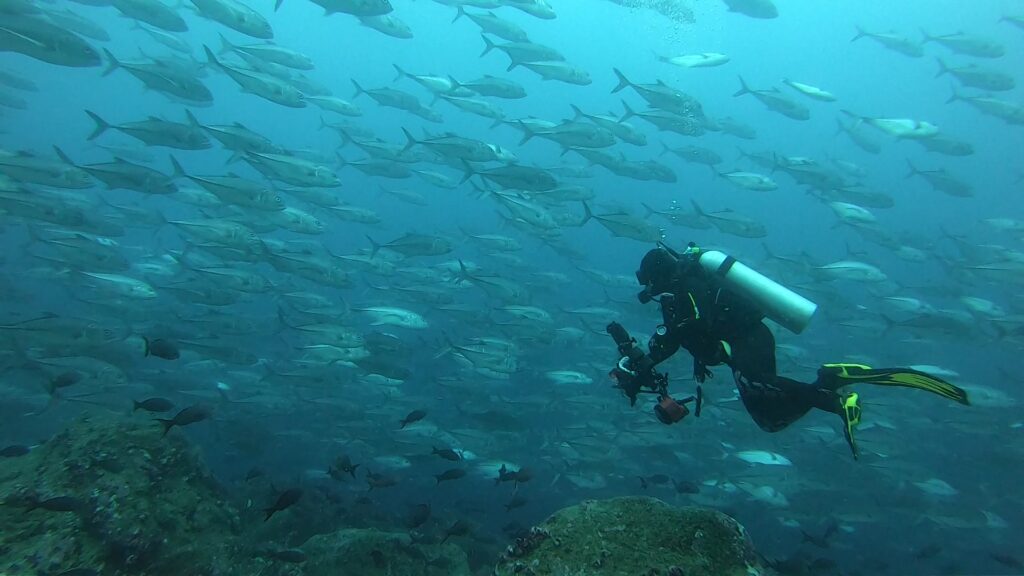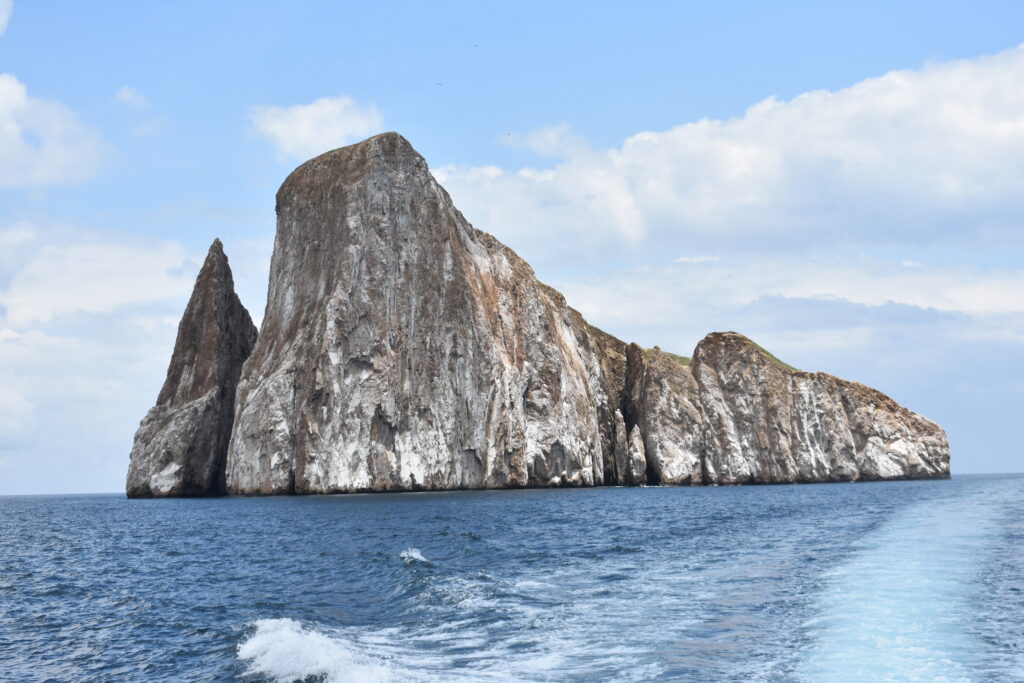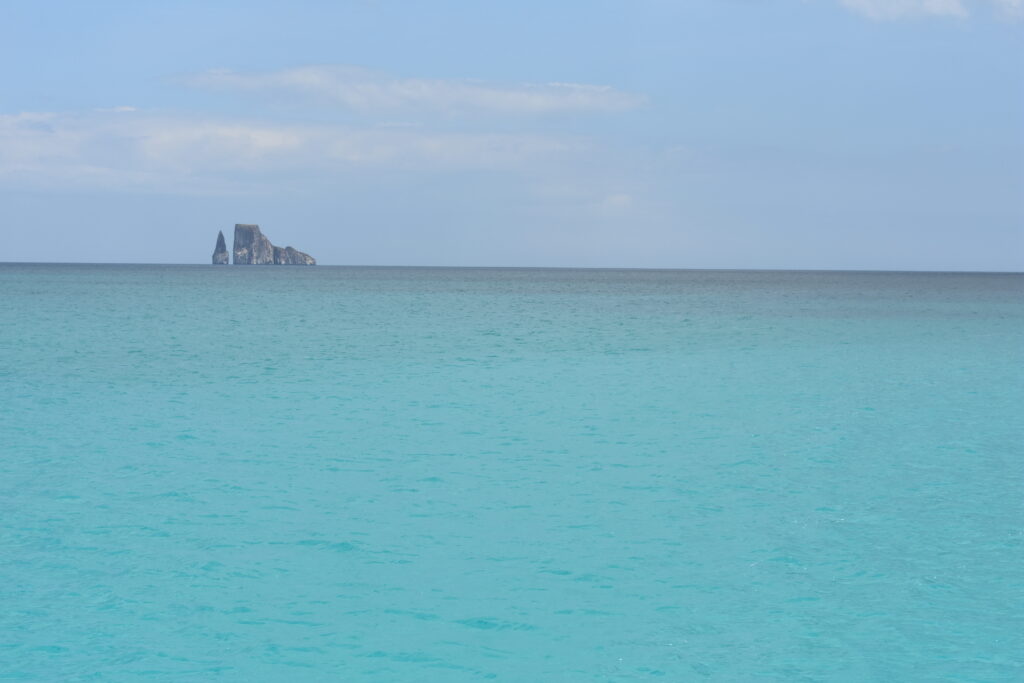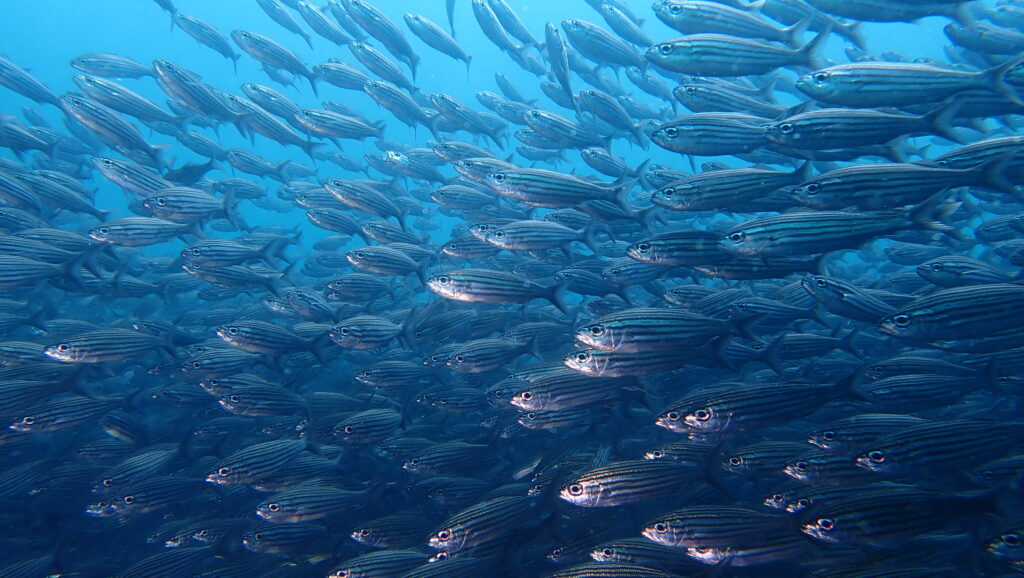
Dive site
The Isabela and Fernandina dive sites are where cormorants, Galapagos penguins, marine iguanas and several other endemic species can be seen constantly. The main attraction of Cabo Douglas are the marine iguanas which feed underwater, but also the lip batfish reds, sea lions and horned sharks. Since the site is at the northwest end of Fernandina, it is very exposed to the current which flows directly onto the island. The swell can therefore be very strong there, depending on the strength of the current and the height of the tide. This means that this site is not always diveable, depending on the conditions. Fortunately, several nearby alternative sites may be offered, if necessary. Marine iguanas and sea lions are seen at shallow depths. Dives in Cabo Douglas rarely exceed 45-60 feet (12-18 m). This dive site is only visited by some diving cruises.
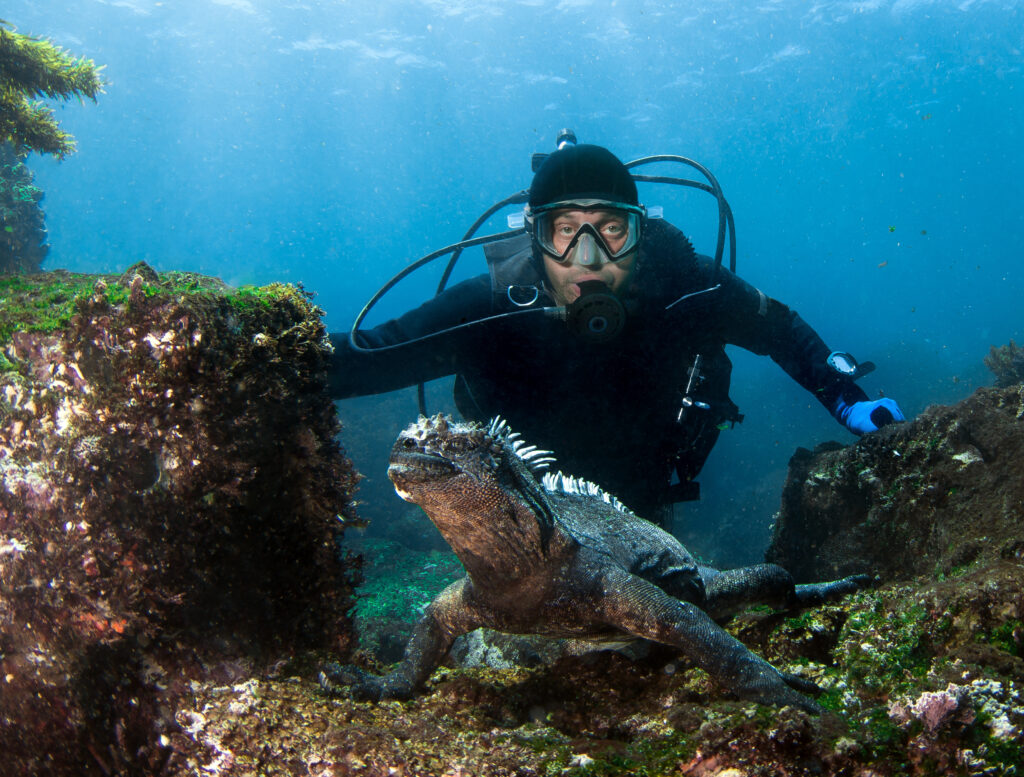
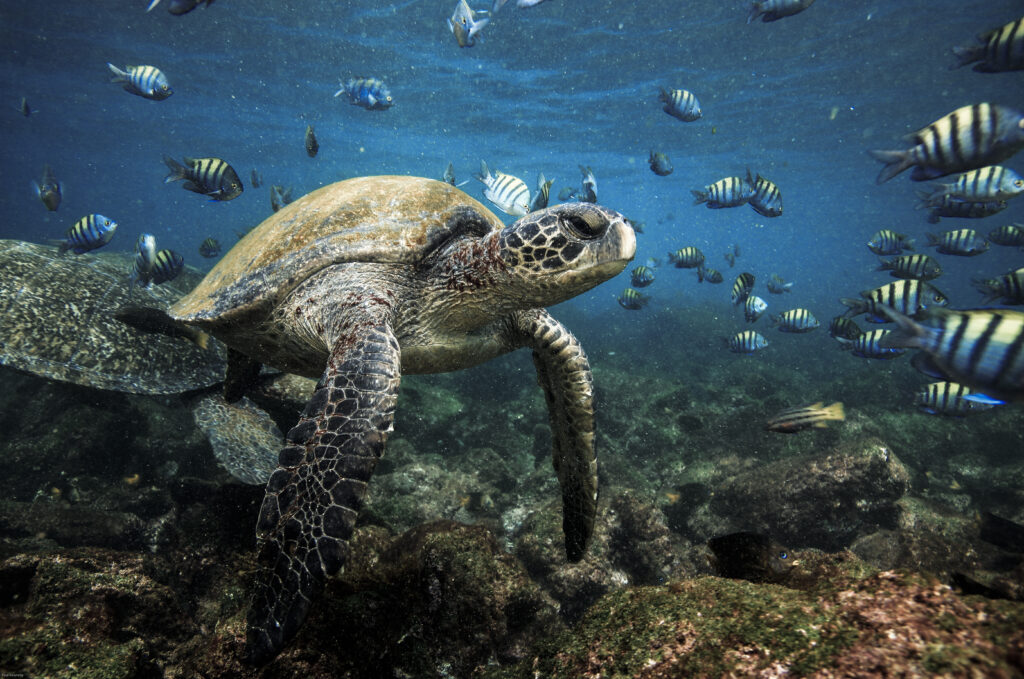
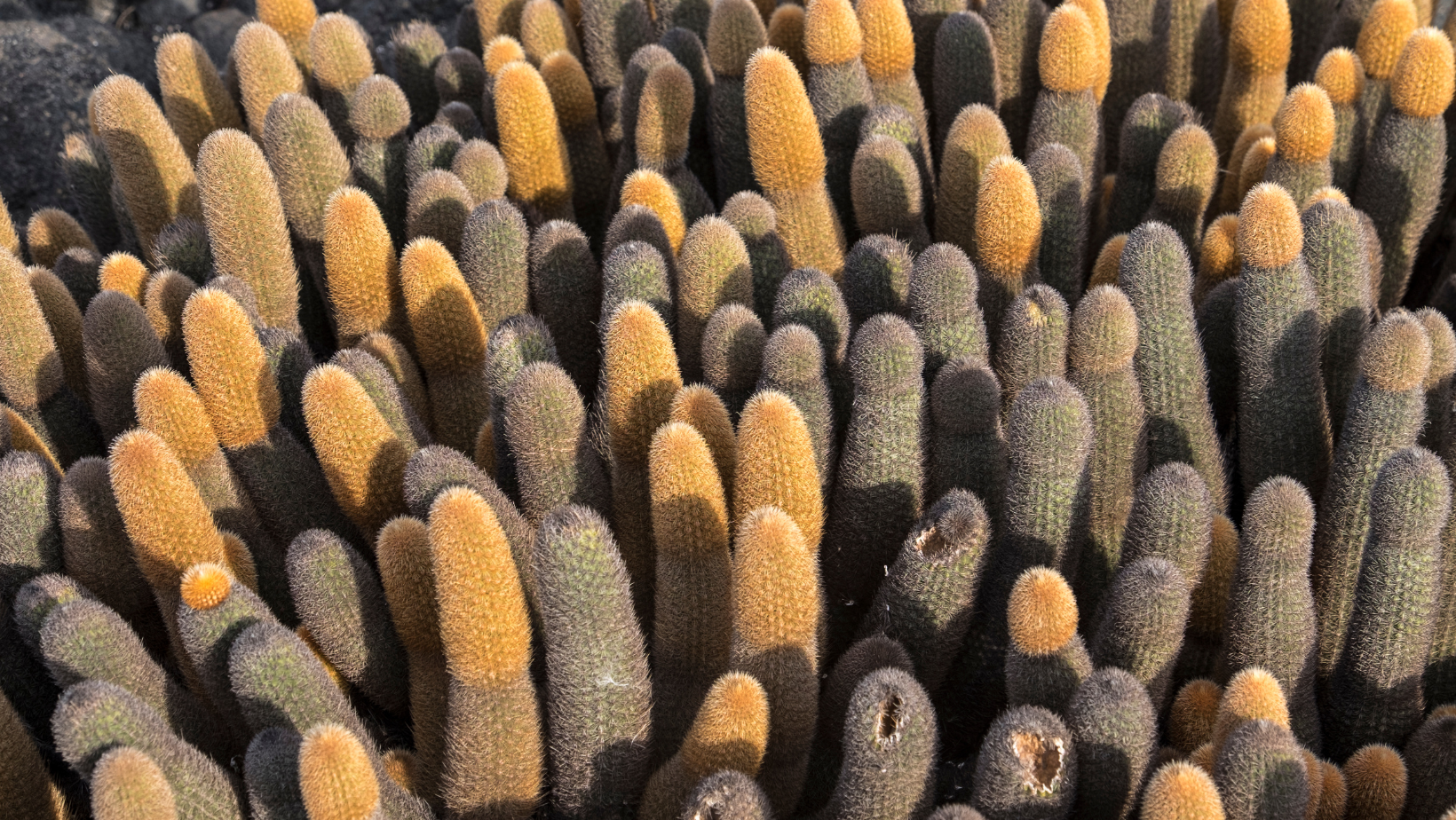
This tip of Fernandina Island is a short walk from the channel (Bolívar Channel) separating the islands of Fernandina and Isabela. This point is hit by cold currents, making it a place rich in wildlife. It is possible to observe several species of seabirds there as well as a very rare species of lava cactus. On this site, you can go hiking, snorkeling and a zodiac ride.
Dive site
This site, exposed to the coldest currents, has very cold water (14°C (58° F)) and very reduced visibility on the surface. Visibility generally becomes better below the cloudy water layer, where it can surprisingly reach up to 100 feet (30 m). This site is ideal for observing macro species, as well as electric rays, red-lipped batfish, rainbow scorpion fish and, closer to the surface, hunting marine iguanas and cormorants. The depth of the site is between 20-80 feet (6-24 m).
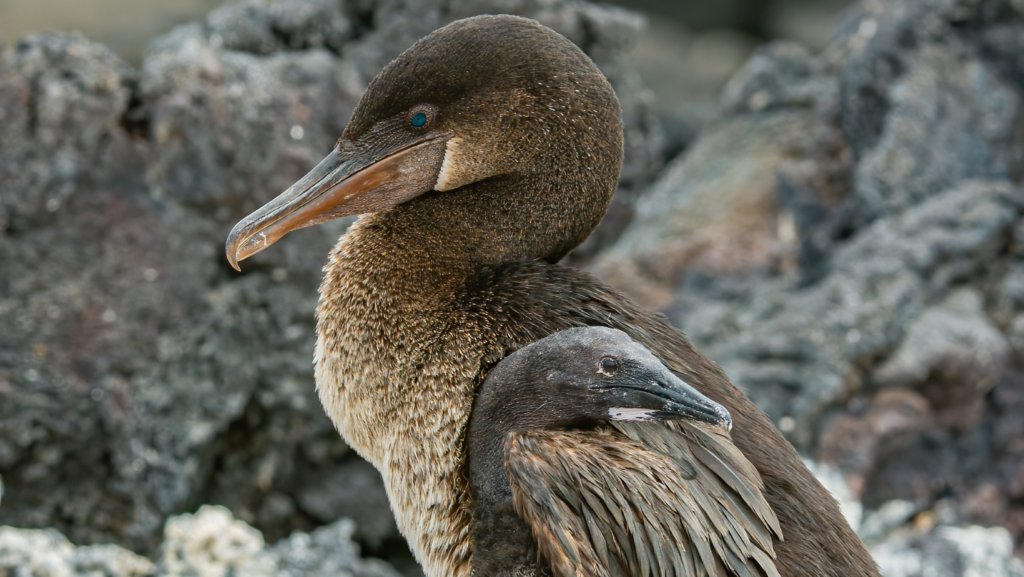
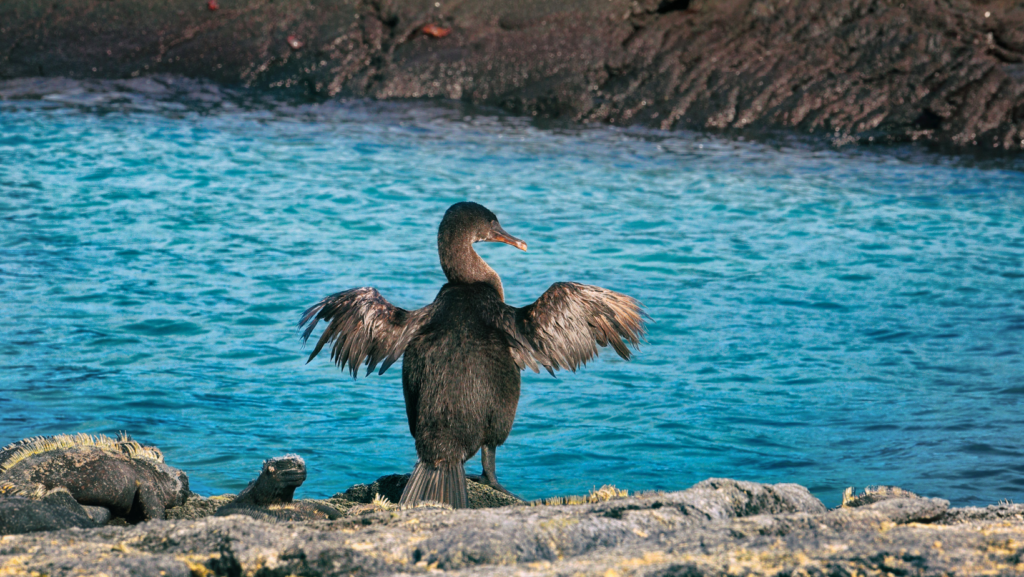



The island of Española is located at the southeastern end of the archipelago. It can be visited on board naturalist cruises or by daily trours from San Cristobal Island. On the island, it is possible to take beautiful hikes to see the albatross colony. To have the best chance of seeing albatrosses, you should visit the island between March and May. The island offers several trails for easy hikes and allowing you to observe many species of birds and animals. Several snorkeling sites are also offered to visitors.
Dive site
Diving on Espanola Island is only possible with a daily tour departing from San Cristobal. It is not accessible by diving cruise. Navigation by boat takes approximately 2 hours back and forth. Espanola generally offers excellent visibility underwater ! The island offers different sites, most of which have a sandy bottom where it is possible to observe garden eels, moray eels, rays and much more. Several pelagic species come to visit the island, including hammerhead sharks, Galapagos sharks and eagle rays which sometimes appear in schools. Some sites along the coast offer magnificent caves which are also frequented by sea lion colonies. The long navigation is usually worth it.


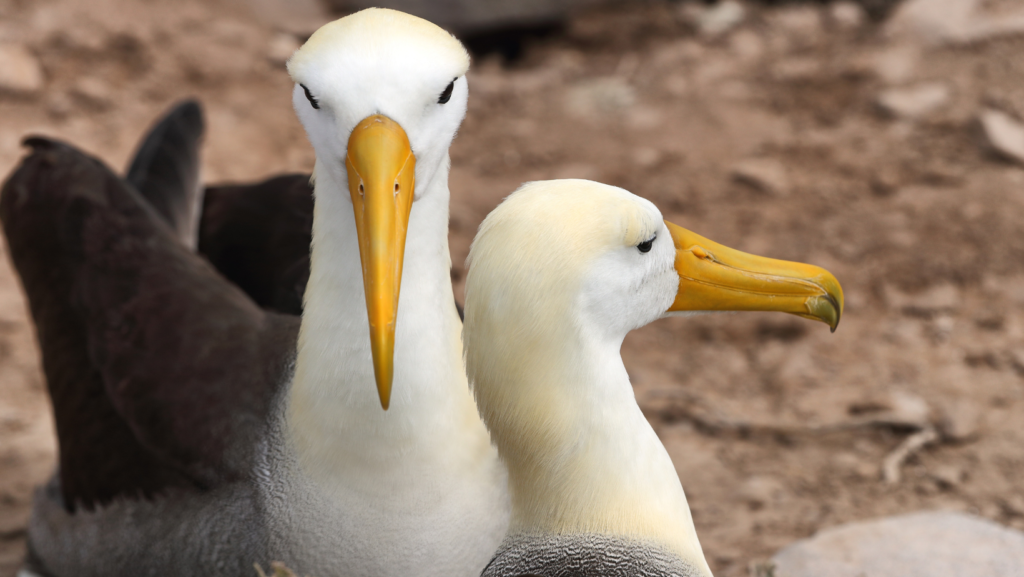

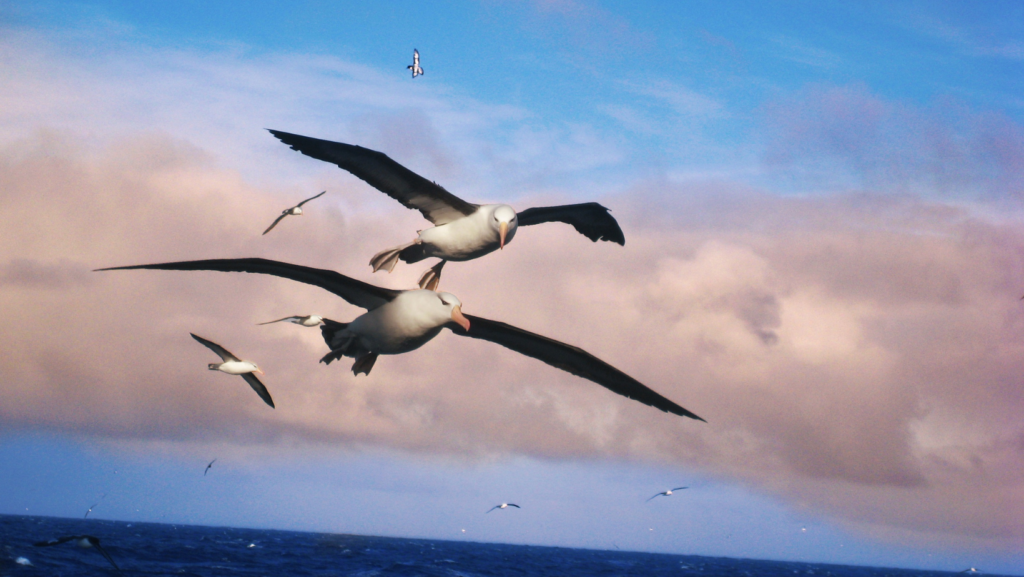
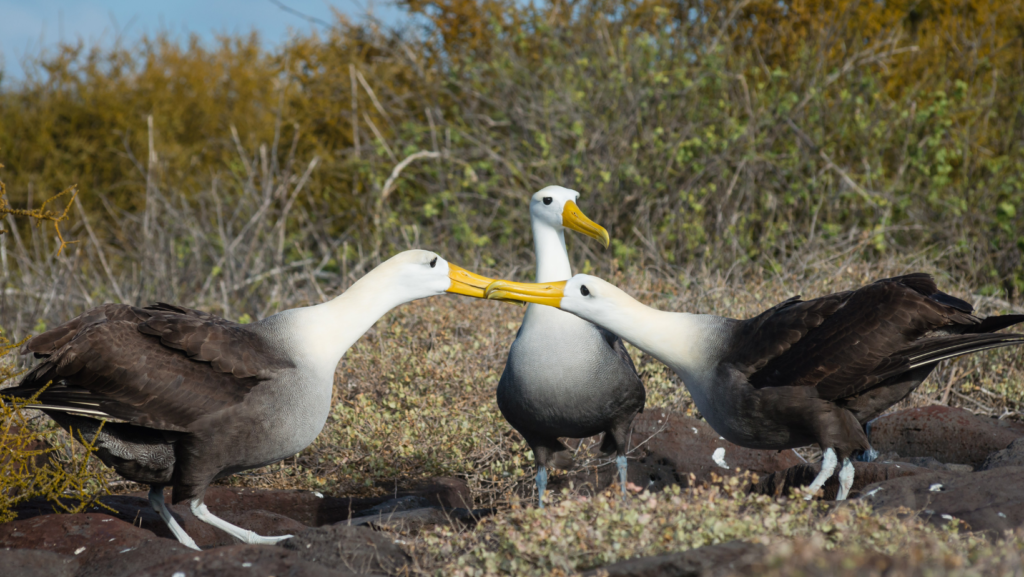

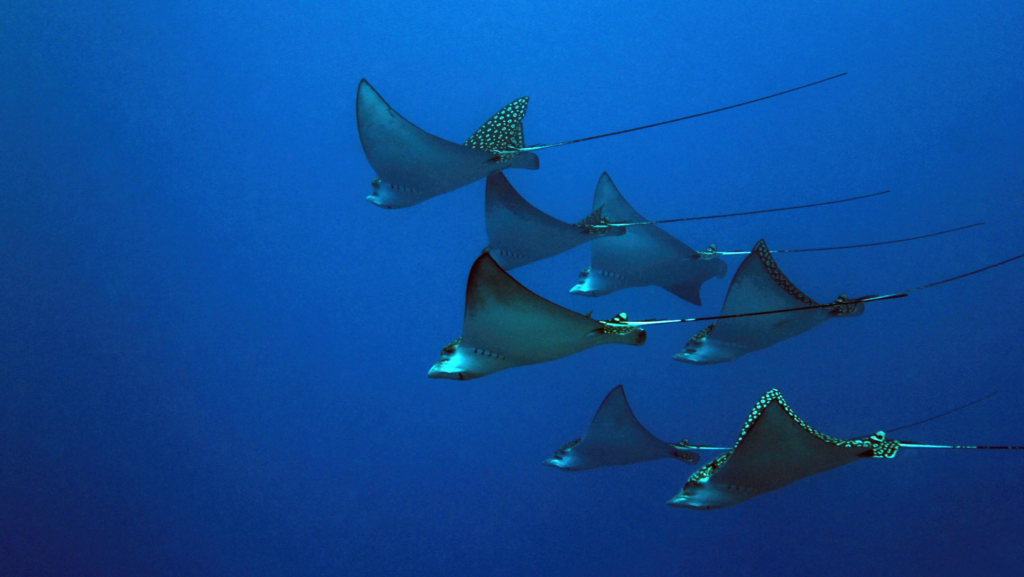

Dive site
The dive generally begins on the southeast side of the islet, where the current is generally moderate. The current, which can sometimes be very strong, hits this southeastern part and then divides on either side of the islet. The underwater floor is made up of rocks and crevices, providing ideal habitats for octopuses, crustaceans, scorpion fish and rays. Turtles are also frequently encountered at this site. The maximum depth of the site is approximately 90 feet (27 m). This site is only dived by day trips from San Cristobal. No diving cruise passes through this site.

Punta Pitt is located on the northeastern tip of the island of San Cristóbal. This is the only place in the archipelago where it is possible to observe the 3 species of boobies present in the Galapagos. The seafloor is composed of a mixture of volcanic rock, sandy bottom and small islets of coral reef. It is possible to do snorkeling and scuba diving. This site can be visited by a day trip from San Cristobal or on certain naturalist cruise itineraries.
Dive site
This is a good place to dive with sea lions, different species of rays, sharks and reef fish. The maximum depth of the sites is approximately 75 feet (23 m). Given the proximity of the rocky cliffs of the point, swell is often felt at the different places. This site is only dived by day trips. No diving cruise pass through this site.




Isla Lobos is an islet located about 1 hour by boat north of Puerto Baquerizo Moreno. Scuba diving and snorkeling can be done in the channel between the islet and the coast of San Cristobal. This site has a maximum depth of 40 feet, making it a perfect site for beginners. It is also often used as a first test dive (check dive) on diving cruises that leave from San Cristobal Island.

This islet is located north of the westernmost tip of San Cristobal. The current is generally moderate. The presence of larger pelagic species is therefore rarer. On the other hand, you can observe large schools of reef fish, such as angelfish, snappers, jacks, etc. The maximum depth of the site is approximately 60-70 feet. This site is only dived by day trips from San Cristobal. No diving cruise passes through this site.
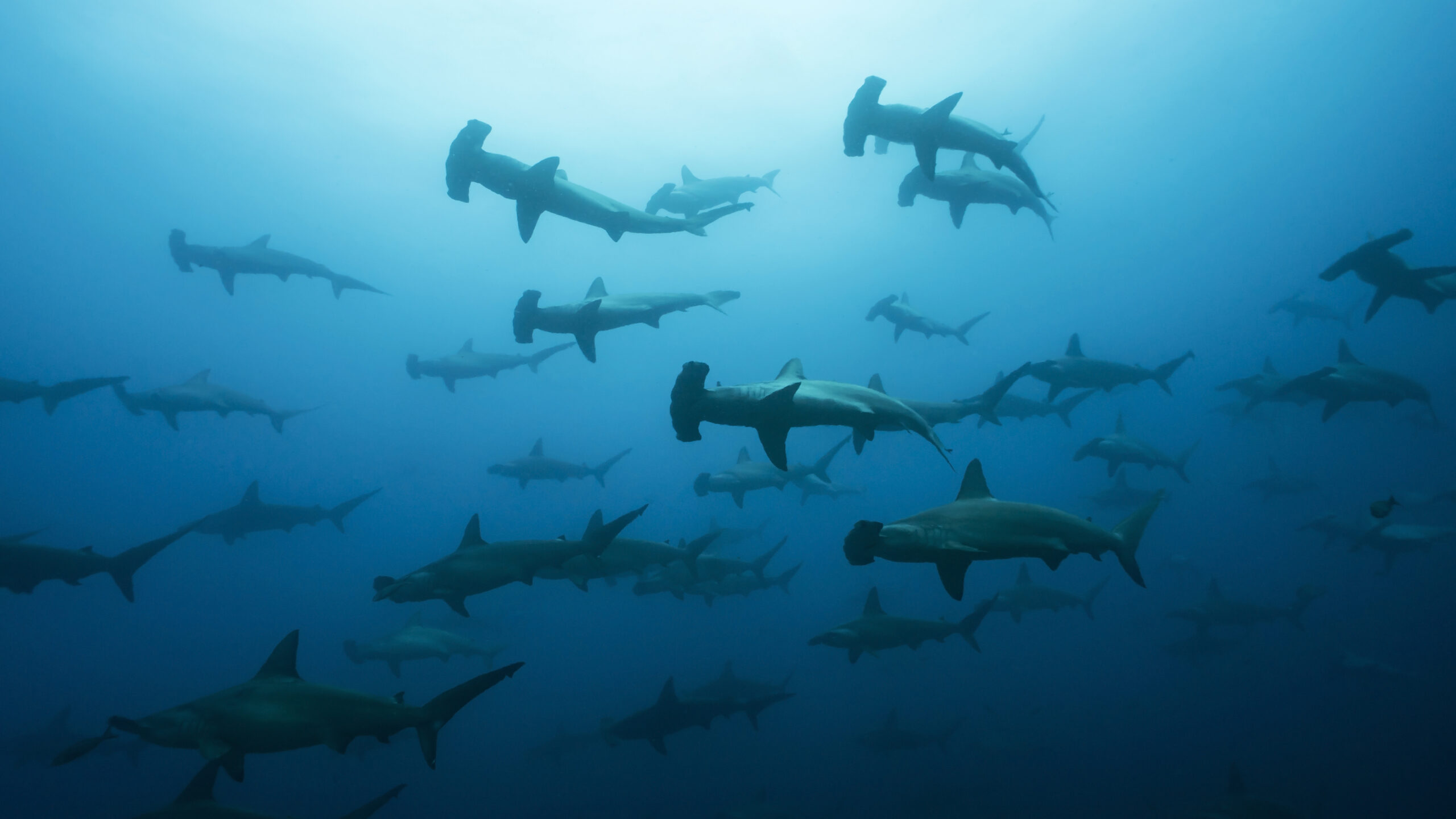
Dive site
At this site, divers are usually able to swim alongside several species of sharks, dolphins, turtles, rays and schools of colorful fish. Wolf also offers the opportunity to explore underwater caverns and tunnels formed by erosion. Although 130 feet (40 meters) deep, the Anchorage site is an ideal place to observe the red-lipped batfish, a species endemic to the Galapagos.
Wolf Island has several dive sites : The landslide, The Pinnacle, North Islet, The Elephant and The Anchorage. Guides choose dive sites based on current conditions and underwater activity. This is an exceptional diving site where everything can be observed, even whale sharks, humpback whales and killer whales. Wolf Island is only accessible with diving cruises.
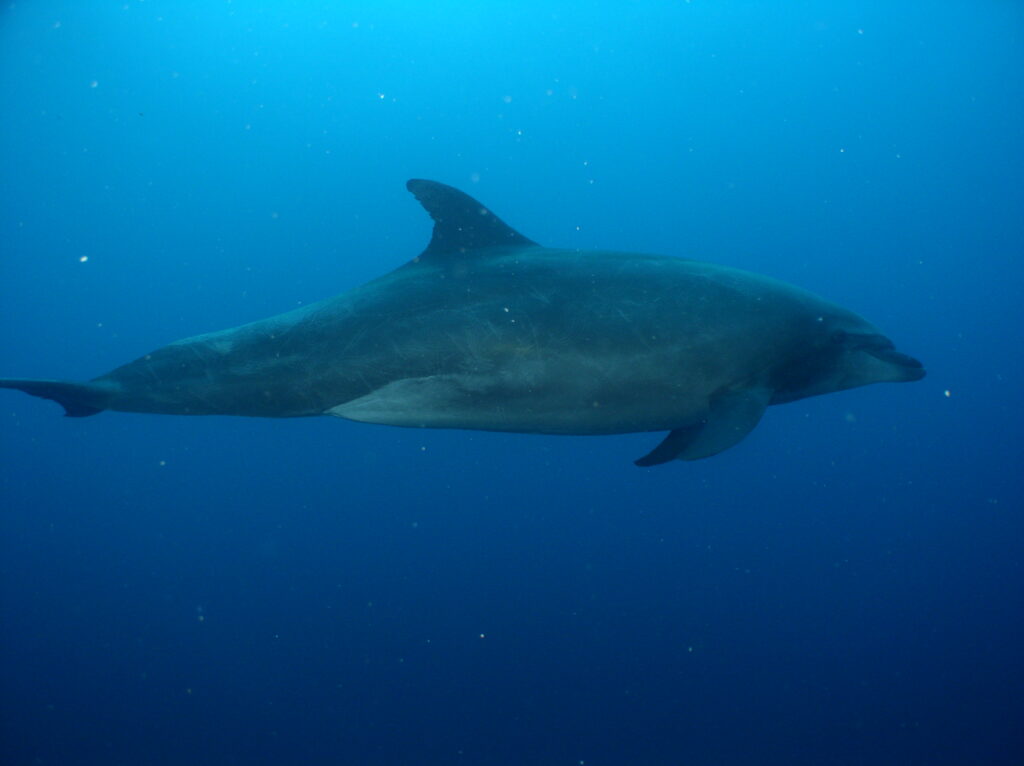
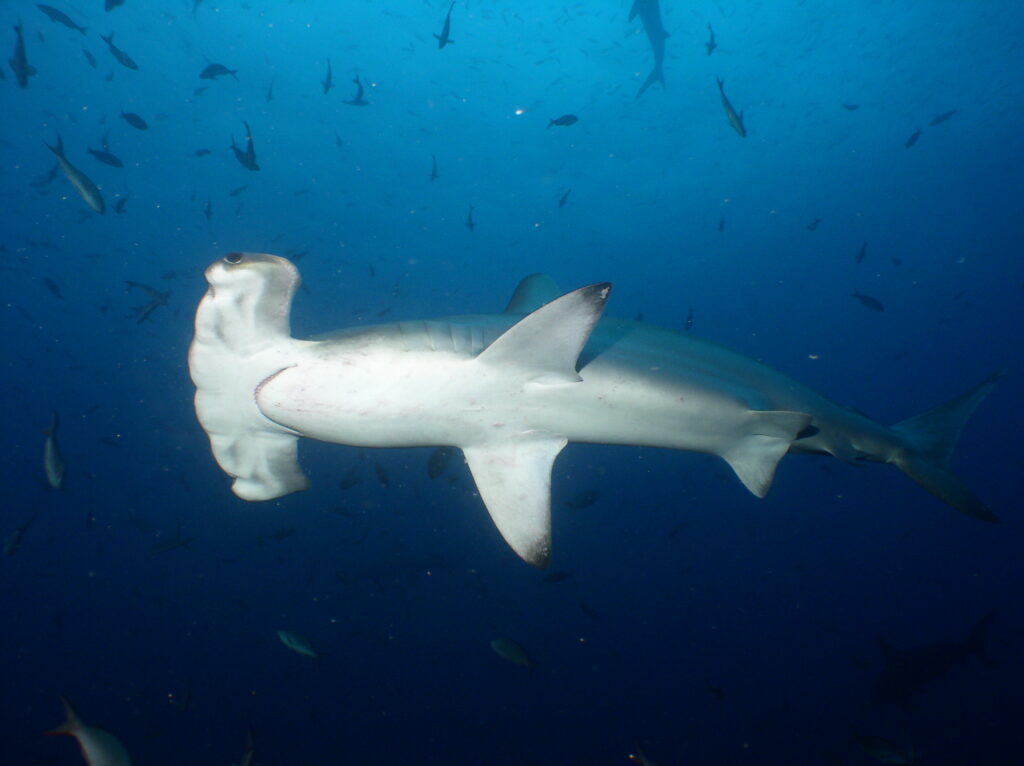
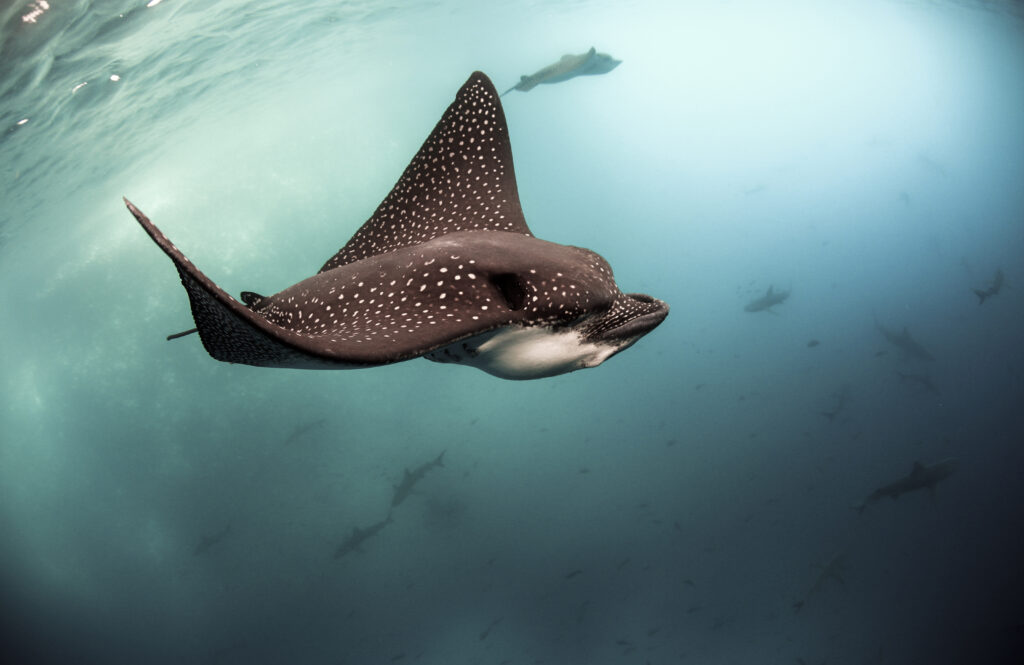

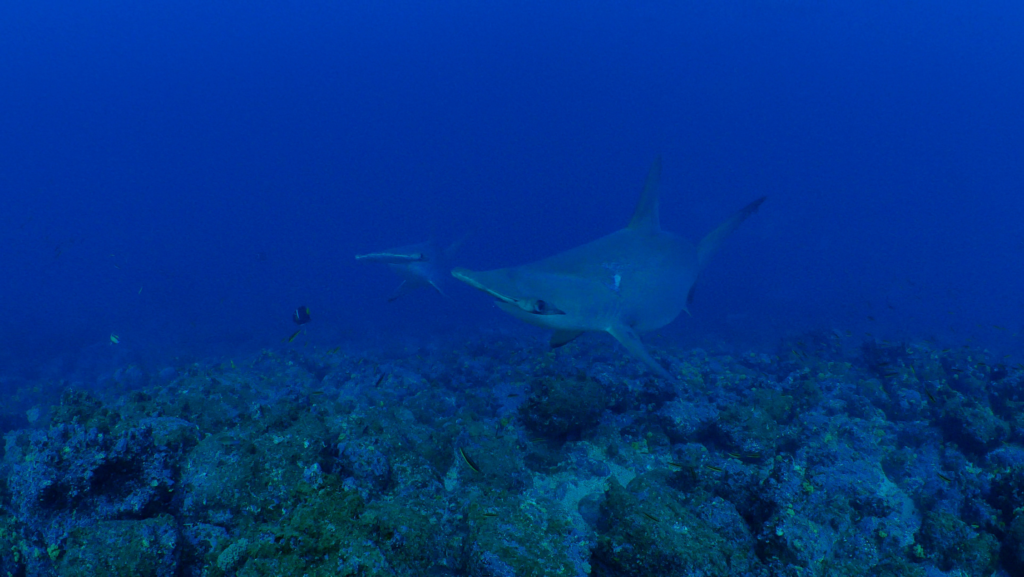
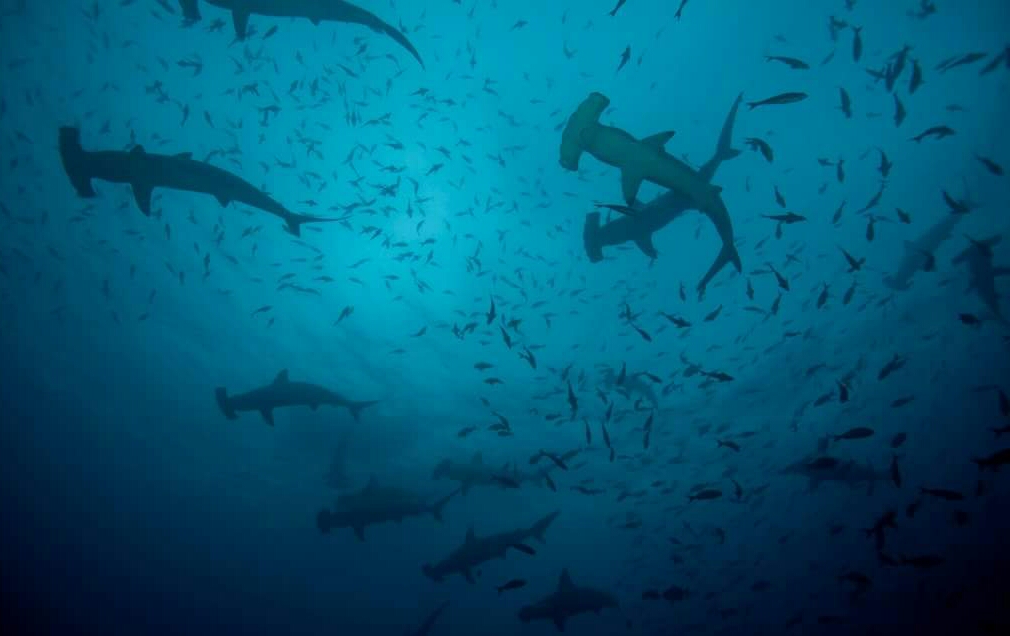

Dive site
Darwin Island is considered one of the best places to dive in the world. Divers can usually see several species of sharks, dolphins, sea turtles, eagle rays and schools of colorful fish. Schools of hammerhead sharks and whale sharks are the highlights of diving in Darwin. Diving is generally done near the arch and not near Darwin Island. The sites are made up of series of plateaus which descend to very great depths. Diving is also possible between the arch and the island, in a sandy channel, where it is possible to come across tiger sharks. The currents can sometimes be very strong on these sites and launching must be done in a negative manner. Darwin Island is only accessible onboard diving cruises.

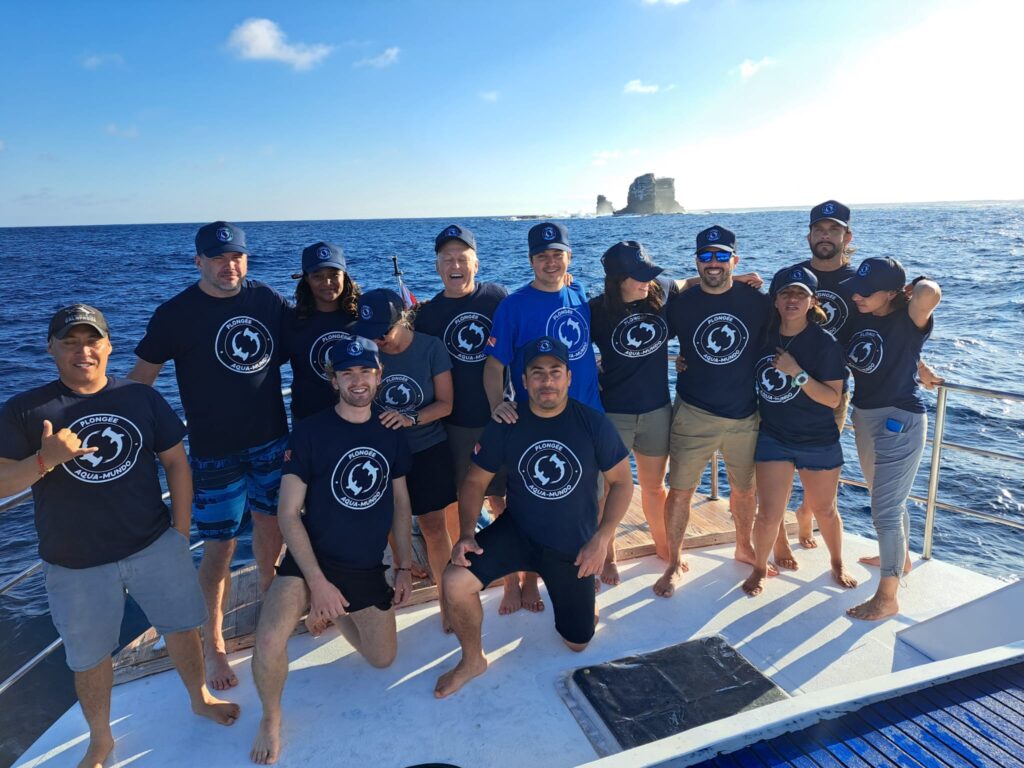
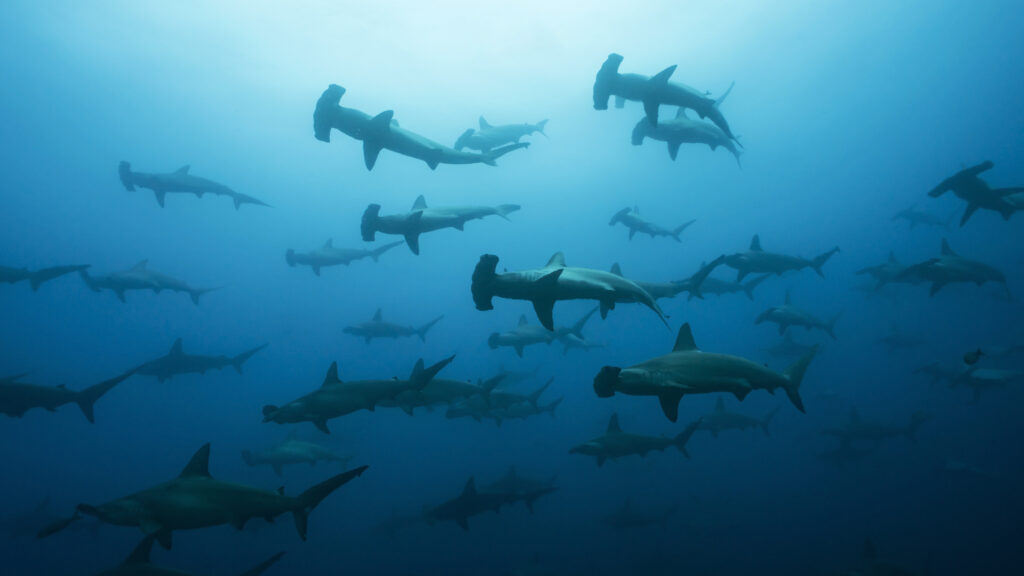
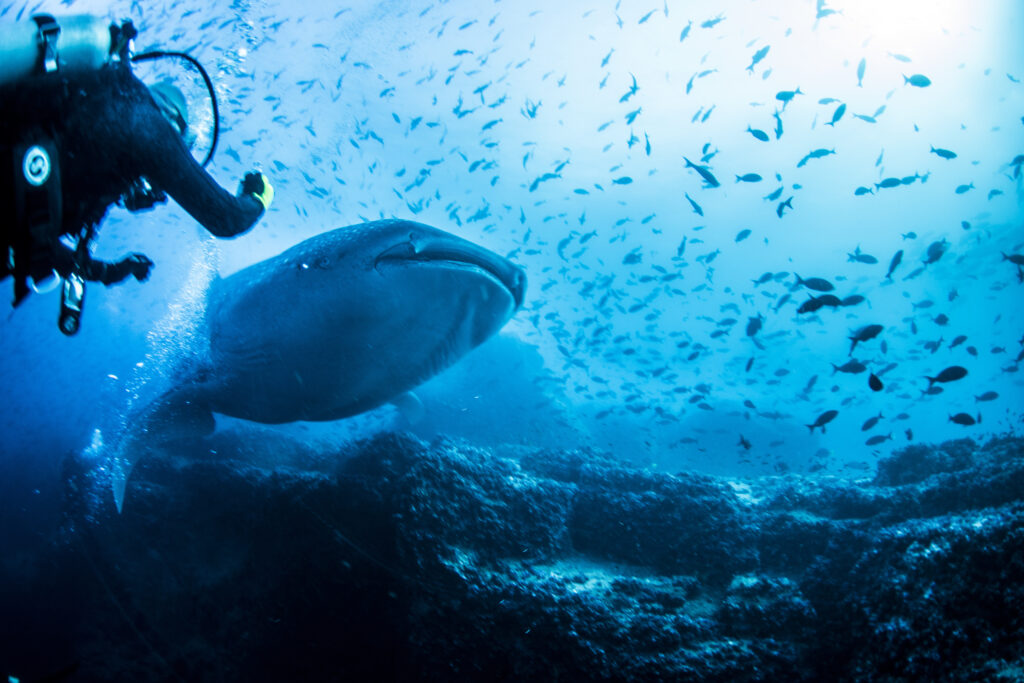




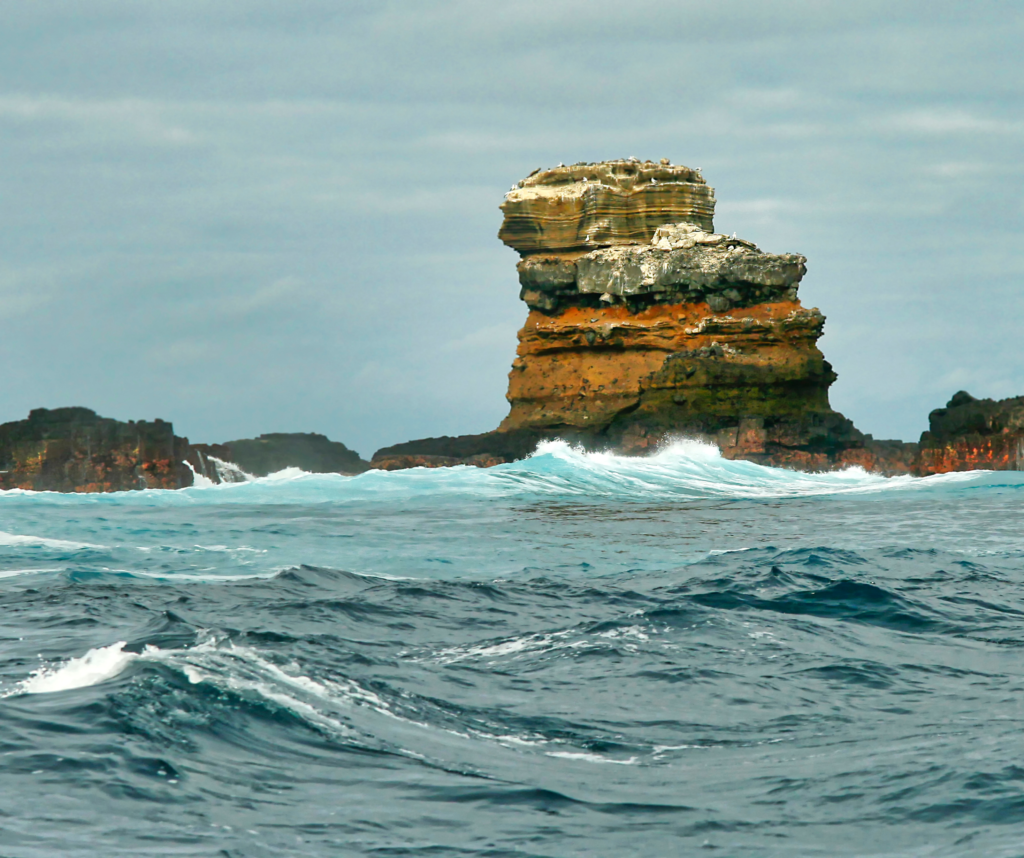


Dive site
Leon Dormido is a site located west of San Cristóbal island. It is the most popular dive site on the island. The rock gets its name because, from a certain angle, it looks like a sleeping lion. The site is made up of 2 giant monoliths, which offer wall diving where it is possible to observe large pelagics, schools of fish and sharks, sea turtles and much more ! Everything can be observed on this site and we never know what the current can bring ! The wall goes down to more than 100 feet deep (+30 m) and the current can sometimes be very strong. Scuba diving and snorkeling trips are offered to this site. This site is accessible with day trips and onboard few diving cruises leaving from San Cristobal.
